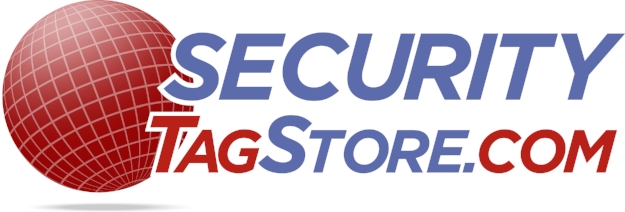A shoplifter using a stroller to shoplift…
In recent years, headlines have been rife with stories about skyrocketing retail theft, smash-and-grab heists, and big-name stores closing due to losses. Yet, data from sources like the Brennan Center for Justice tells a more nuanced story, challenging the notion of a nationwide surge in shoplifting. While certain cities, including New York and Los Angeles, have indeed seen increases in retail theft, the overall trend suggests a stabilization rather than a national crisis. Understanding the real dynamics behind retail theft is crucial for developing effective responses—and one such response involves technologies like security tags, which play an essential role in deterring theft at the point of sale.
The Truth Behind Retail Theft: What the Data Shows
The perception of rampant retail theft often stems from media reports that paint a dire picture, but national crime data doesn’t support the idea of a widespread, uncontrollable increase. The Brennan Center explains that while incidents of shoplifting have spiked in specific areas, data from the FBI and the Council on Criminal Justice reveal a generally stable trend. The U.S. larceny rate, which includes all types of theft, has actually declined since the 1990s. Even after slight rebounds in recent years, the overall rate remains significantly lower than in previous decades.
Retail theft is generally categorized into two main types:
1. Shoplifting – individual, small-scale theft for personal gain.
2. Organized Retail Theft (ORT) – more systematic theft involving multiple people intending to resell stolen goods.
Both fall under the broader legal term of “larceny,” but ORT, in particular, has garnered increasing attention. Although retail associations like the National Retail Federation (NRF) have reported high numbers linked to ORT, data quality remains an issue. Some industry reports confuse or mislabel types of theft or use unrepresentative samples, casting doubt on conclusions about a “nationwide surge.”
Shrink vs. Retail Theft: Understanding the Difference
Another important aspect of retail theft reporting is the concept of “shrink.” Shrink encompasses not only losses from theft but also other forms of loss, such as inventory errors and supplier issues. Retailers sometimes cite shrink as evidence of increased theft, but shrink doesn’t only reflect theft—it includes a range of factors affecting a store’s inventory.
One industry survey attributed just 36% of shrink to customer theft, with the rest coming from employee theft, supplier issues, or administrative errors. Retailers often use shrink as a shorthand for theft, but distinguishing between them is essential for understanding the true nature of retail losses.
Security Tags: A Proven Deterrent to Shoplifting
For retailers facing the dual pressures of maintaining profits and securing products, anti-theft technology like security tags can make a significant difference. Security tags, also known as Electronic Article Surveillance (EAS) tags, have become a staple in loss prevention for good reason. Here’s how they help reduce shoplifting:
1. Visible Deterrence: Security tags send a clear signal to potential thieves. The knowledge that removing or tampering with tags will trigger an alarm often dissuades people from attempting theft in the first place.
2. Real-Time Alerts: Security tags attached to an EAS system will sound an alarm if someone tries to leave the store with a tagged item. This real-time alert allows staff to take immediate action, stopping theft before the perpetrator exits the premises.
3. Selective Protection: Retailers can tag high-value or frequently stolen items, such as electronics, clothing, and even personal care items, helping to reduce specific types of loss without disrupting the shopping experience for honest customers.
4. Employee Support: Security tags allow store employees to focus on customer service rather than constantly watching for shoplifters. The presence of a robust anti-theft system boosts morale, as employees feel supported and are less vulnerable to theft incidents.
While security tags are not a complete solution, they contribute significantly to reducing shoplifting incidents. Coupled with other measures like training staff on how to recognize suspicious behavior, effective store layout design, and community engagement, security tags represent a critical tool in the retail industry’s fight against theft.
Moving Beyond Myths for Effective Policy
Data clarity is essential for addressing retail theft intelligently. The Brennan Center cautions against sweeping policies based on anecdotal evidence or industry estimates that lack rigorous analysis. For example, lowering felony theft thresholds or imposing harsher penalties may not be the most effective solutions, especially if these measures don’t address root causes. Instead, policymakers should focus on gathering clearer, more detailed data on theft trends to design interventions that are proportionate to the actual scale of the issue.
While there is no one-size-fits-all solution, a combination of smart policy, informed data analysis, and preventive technology like security tags can help retailers manage theft without alienating honest customers or contributing to misinformation. Only with a clear understanding of the facts can we build a balanced response to retail theft that protects businesses, employees, and shoppers alike.
https://www.brennancenter.org/our-work/research-reports/myth-vs-reality-trends-retail-theft

